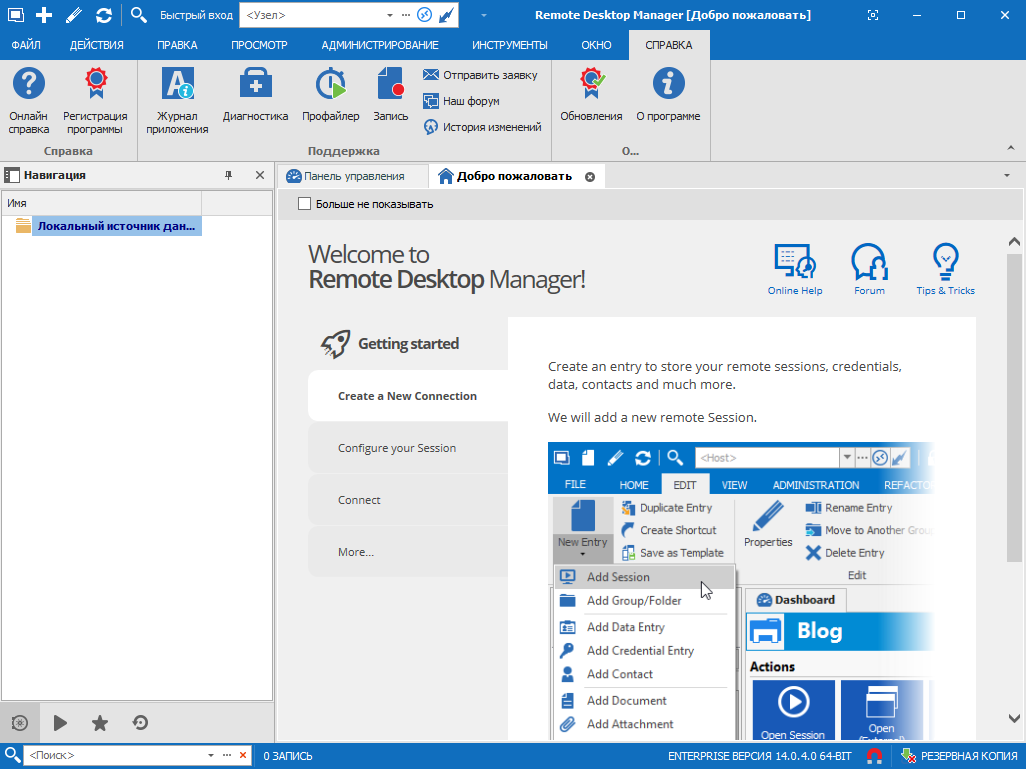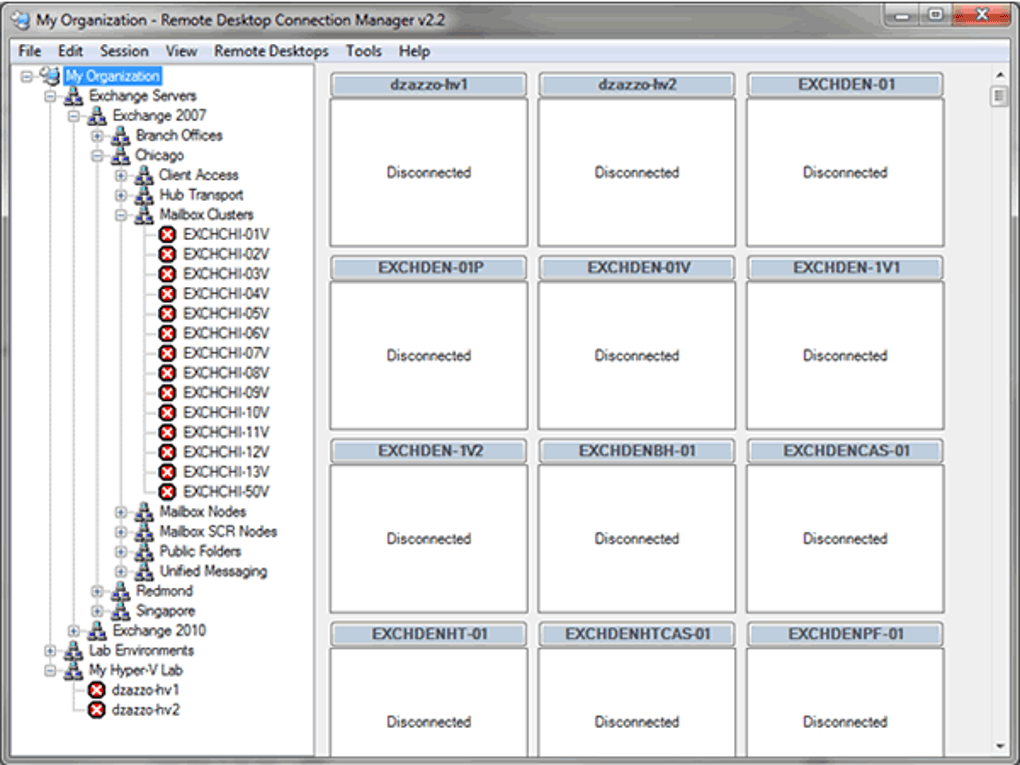


The client, or VNC viewer, is installed on a local computer and then connects via a network to a server component, which is installed on the remote computer. Remote desktop sharing is accomplished through a common client/server model. When applications with many graphics including video or 3D models need to be controlled remotely, a remote workstation software that sends the pixels rather than the display commands must be used to provide a smooth, like-local experience.

The remote computer in turn sends the display commands to the local computer. Remote desktop software captures the mouse and keyboard inputs from the local computer (client) and sends them to the remote computer (server). This is widely used by many computer manufacturers and large businesses help desks for technical troubleshooting of their customer's problems. Remote access can also be explained as the remote control of a computer by using another device connected via the internet or another network. Taking over a desktop remotely is a form of remote administration. Some allow attaching to an existing user's session and "remote controlling", either displaying the remote control session or blanking the screen. Remote desktop applications have varying features. In computing, the term remote desktop refers to a software- or operating system feature that allows a personal computer's desktop environment to be run remotely off of one system (usually a PC, but the concept applies equally to a server or a smartphone), while being displayed on a separate client device. Security information and event management (SIEM).Host-based intrusion detection system (HIDS).


 0 kommentar(er)
0 kommentar(er)
